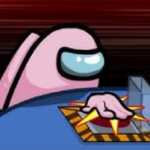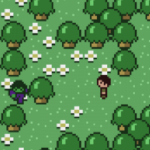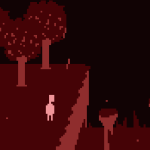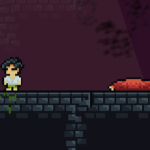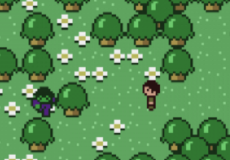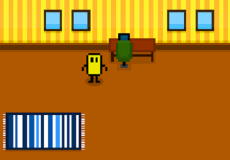

Deep Sleep Platformer
Advertisement
Deep Sleep opens with a quiet, unassuming start that gradually leads players into a strange and unsettling environment. You find yourself in a dream, but one that doesn’t follow the usual rules. The setting feels like a forgotten place, constructed from shadows and echoes. The game quickly establishes a sense of isolation. There are no guides, no clear direction—only an environment that feels like it’s watching. With every step forward, the dream becomes deeper, stranger, and harder to escape.
Advertisement
Similiar games
Deep Sleep opens with a quiet, unassuming start that gradually leads players into a strange and unsettling environment. You find yourself in a dream, but one that doesn’t follow the usual rules. The setting feels like a forgotten place, constructed from shadows and echoes. The game quickly establishes a sense of isolation. There are no guides, no clear direction—only an environment that feels like it’s watching. With every step forward, the dream becomes deeper, stranger, and harder to escape.
Navigating the Unknown
Gameplay in Deep Sleep is based on classic point-and-click mechanics, with each room containing items, clues, and interactions that may not make sense right away. It challenges players to think creatively while constantly pushing them to explore areas that seem unsafe. What makes the experience unique is how each object and note contributes to a growing understanding of what kind of world the player is trapped in. The puzzles range from simple to layered, each one bringing a piece of clarity or a new mystery. The progression relies on careful attention to detail and the courage to examine what seems out of place.
Key Elements Found Throughout the Game
Throughout Deep Sleep, players will interact with elements that define the experience:
· Locked doors that require more than just keys to open
· Strange recordings and audio clues
· Shadowy figures that appear when least expected
· Objects that seem ordinary but carry deeper meaning
· A structure that loops back on itself
· Increasingly abstract transitions between spaces
What Lurks in the Corners
Unlike many games that rely on loud noises or sudden movement, Deep Sleep focuses on a slow build of tension. It uses silence, darkness, and the sense of being followed to keep players engaged. This tension is not only external—it begins to affect the way the player interprets the environment. What was once a harmless hallway may later seem like a trap. The game plays with perception, using repetition and variation to create uncertainty. The further players go, the less sure they are of where they started or whether they’re moving forward at all.
By the time the game reaches its final section, the dream world has transformed. What seemed like a passive environment becomes something that actively resists being left behind. Deep Sleep doesn’t offer a clear resolution, only the possibility of waking up with more questions than answers. The final moments invite players to consider what dreams are and whether some doors should remain closed.
Discuss Deep Sleep Platformer


